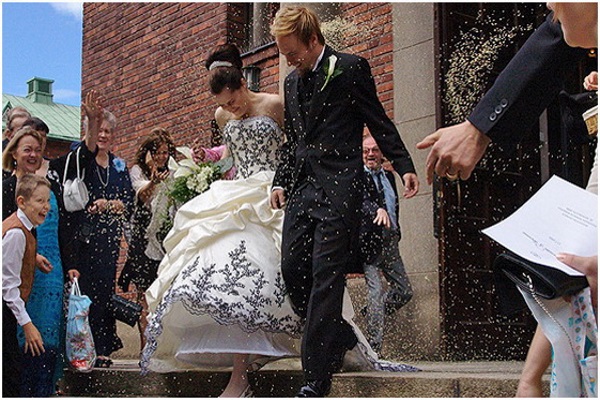
In Finland, giving presents to newlyweds, the price of a gift is called. All the guests pay special attention to this moment, in order, as they say, “not to hit the dirt in the face” before the assembled people.
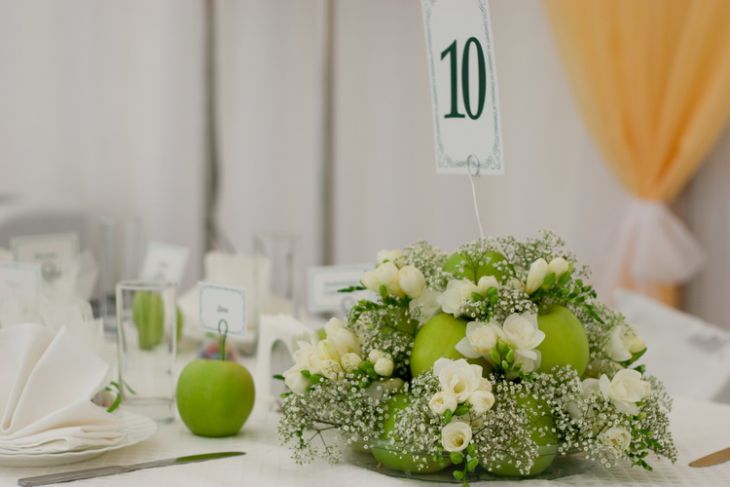
In Croatia, on the day of the wedding, the bride and groom throw apples in the well. It is believed that the rite will bring the newlyweds financial well-being, since these fruits are a symbol of wealth.

In France, the bride traditionally must pretend that she does not want to marry at all. She cries and makes attempts to escape from the wedding. The French believe that a girl behaving in this way is virtuous.
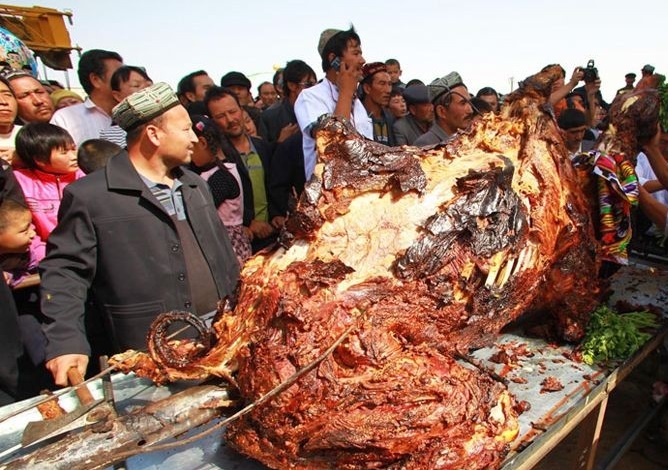
For Bedouins it is very important to cover the most generous wedding table. The main custom is to prepare a special dish. At the top of the cooked fish lay eggs. Then it folds into a pre-prepared bird. That, in turn, is laid in a roasted sheep, and that one is put into a cooked camel. I wonder how they eat it?
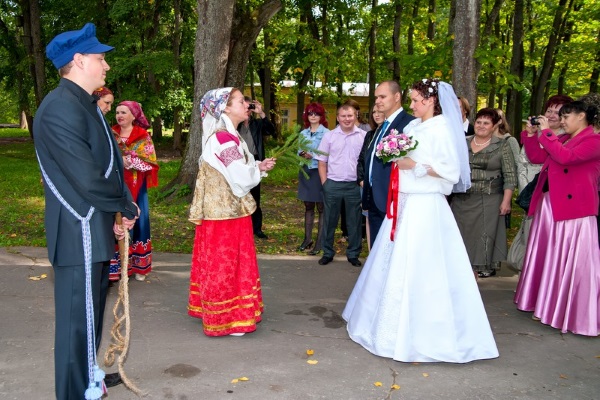
Russia. For this country, such wedding customs are typical, such as the bride’s ransom, matchmaking and the release of “newly married” pigeons.

In Korea, the fate of young people is decided at their parents’ meeting. It occurs in a neutral territory, usually in a restaurant. Often at such meetings, there is an exchange of medical certificates indicating the state of health of the bride and groom. This is due to the fact that Koreans pay much attention to their health.

Wedding customs in India. In this country, the girl is allowed to marry at the age of 16. But a young man can become a bridegroom at the age of five!
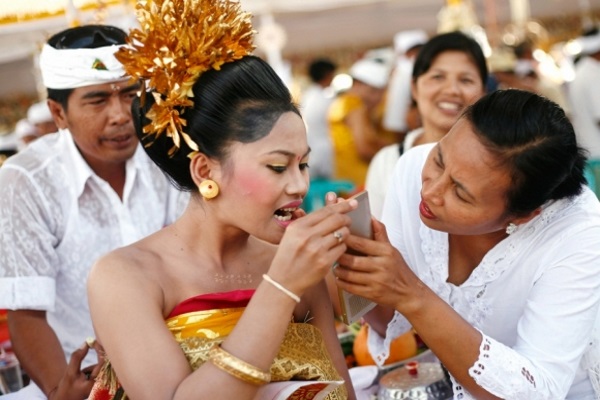
On the island of Bali, during the wedding ceremony, the bride and groom are filed teeth. The fact is that these people have a belief that newlyweds who have passed such a rite have no connection with evil spirits.

In Mexico, the bride and groom are tied to each other with the help of a lasso. This is considered a symbol of the strength and inviolability of their marriage.

On Bermudas, holiday cakes are fastened with young trees, which at the end of the wedding young couple should plant next to their home. It is believed that the wedding tree will bring happiness to the newlyweds.
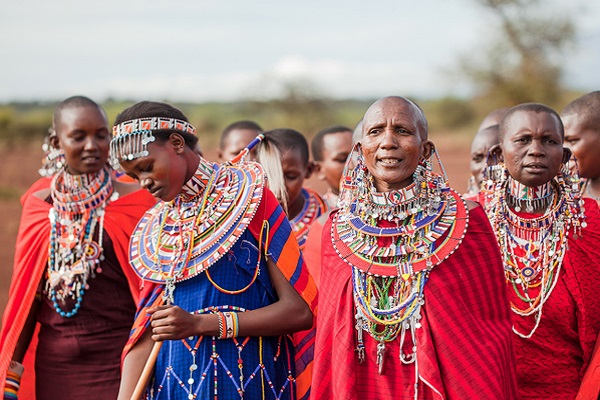
In Kenya, a wedding happens only after receiving confirmation of the bride’s pregnancy. And after the marriage, the husband must wear his wife’s clothes for three months. Thus, a man can share the hardships of pregnancy with a beloved woman.
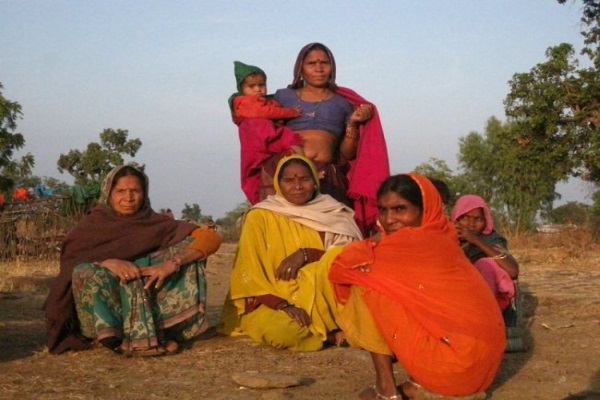
Preparation for marriage in the Sahara begins when the girl turns 12 years old. The task of parents is to fatten her well. After all, a large woman is considered more beautiful. Such a bride has a chance to marry successfully.








